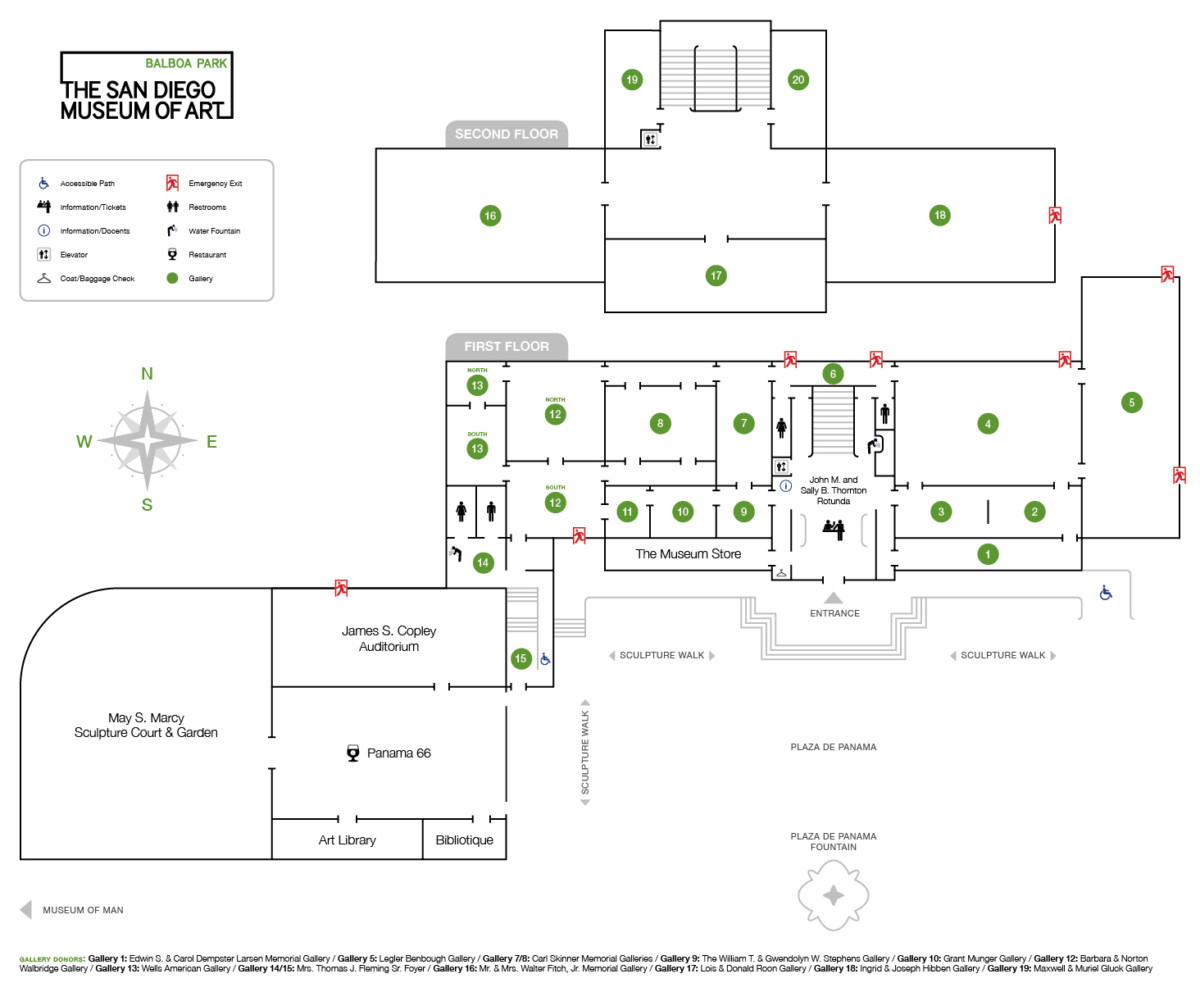Whether driven by artistic or commercial impulses, or simply by the attraction of a romantic adventure, the group of artists represented in Romantic Views traveled to Mexico from Europe and the United States over the course of the late nineteenth and early twentieth century and were integral to the development of Latin American landscape art. Including nearly 30 works from the Museum’s Permanent Collection, this installation is organized by Sandra Benito, Deputy Director for Education and Public Engagement.
Carl Nebel arrived in Mexico from Germany with the naturalist’s thirst for discovery and the idealist’s curiosity for the unknown. In 1836, Nebel published Voyage pittoresque et archéologique dans la partie la plus intéressante du Méxique (Scenic and archaeological trip to the most interesting part of Mexico), an insightful travelogue originally written in French and inspired by the writings of the Prussian naturalist Alexander von Humboldt (1769–1859). The album soon became so popular that it was translated into Spanish and began circulating in Mexico as well. It contains an introduction by Alexander von Humboldt and includes fifty lithographs taken from drawings by Nebel, twenty of which are hand-colored. The Museum owns five of these twenty colored prints.
As the turn of the twentieth century approached, photographers turned toward the promises of the future rather than the romance of the distant past. Photographs by William Henry Jackson, Charles B. Waite, Abel Briquet, or Hugo Brehme, taken over a long period of relative political stability, show the Mexican landscape in a process of transformation brought about by engineering projects, and emphasize the richness of the natural resources of Mexico with the purpose of attracting foreign investors. These traveler artists left behind an extraordinary body of work illustrating the nature and geography of Latin America.


